The Untold Influence: How Italian Cinema Revolutionised Hollywood
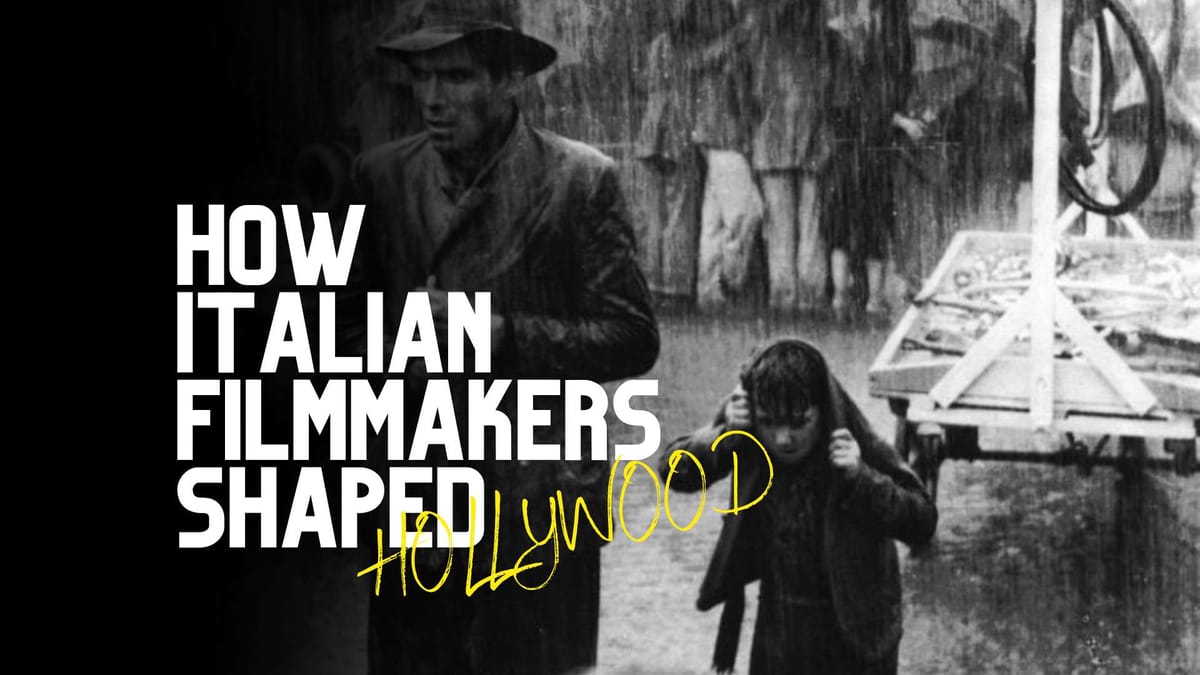
Despite its profound influence, the untold story of how Italian cinema revolutionised Hollywood is often overlooked. From Italian Neorealism to spaghetti westerns, Italian films have shaped Hollywood's aesthetics and techniques. Yet the full extent of this cinematic dialogue remains obscured.
Italian masters like Federico Fellini and Ennio Morricone brought new styles to Hollywood filmmaking. The evocative visuals of La Dolce Vita and the eclectic scores of The Good, the Bad and the Ugly demonstrated daring creative directions for Hollywood. But the industry was sometimes slow to acknowledge this immigrant influence.
By unveiling the untold history of this artistic cross-pollination, we gain insight into Italian cinema’s impact on Hollywood’s past, present, and future. From aspect ratios to social commentary, technical and narrative innovations have crossed the Atlantic to great effect. Examining this rich exchange more closely illuminates the very heart of the Hollywood dream factory.
Italian Neorealism: Redefining Filmmaking
Emerging from the rubble of post-war Italy, Italian Neorealism redefined cinematic storytelling with its raw authenticity. Pioneering directors like Vittorio De Sica and Roberto Rossellini captured the desperation of the working class and post-war disillusionment using nonprofessional actors and real locations. Their minimalist approach placed emphasis on emotive performances over spectacle, a dramatic departure from the glossy studio productions of Hollywood.
Film and Media Studies Explaining Italian Neorealism
De Sica's magnum opus, Bicycle Thieves (1948), exemplified neorealism's innovations with its honest portrayal of a working-class father's anguish when his bicycle, essential for his livelihood, gets stolen. Its themes of poverty and helplessness in deglamorized post-war Rome resonated across the Atlantic. Bicycle Thieves' unflinching examination of social issues on real streets and alleyways set a precedent for location shooting that influenced Hollywood rebels reacting against the studio system. The raw intimacy and emotional authenticity of Italian Neorealism can be seen in the works of mavericks like Elia Kazan and loyalty oath resisters like Abraham Polonsky, paving the way for method acting and the groundbreaking social commentary films of the 1950s.
The uninhibited camera of the Italians gave rise to a documentary-style realism in Hollywood that lifted the veil of celluloid fantasy.
Epic Films and Spectacles: Setting New Standards
The decaying monuments and Catholic imagery of post-war Rome set a distinctive backdrop for the rise of the Italian epic as visionaries like Federico Fellini gained international renown. Epics like Fellini’s flamboyant La Dolce Vita (1960) brought debauchery under the sacred dome of St. Peter's, using Rome's iconic locations innovatively as reflections of moral decay.
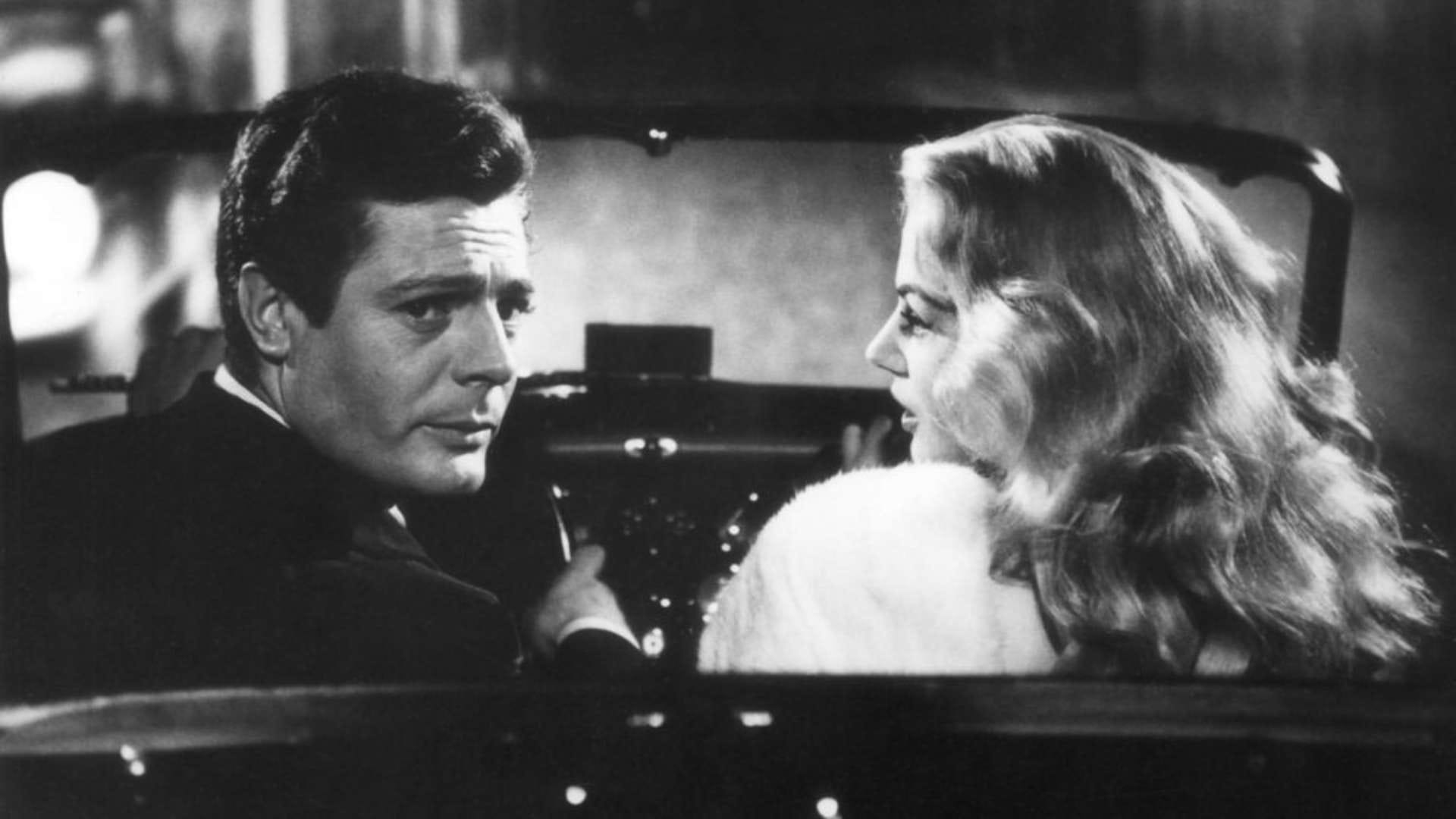
Meanwhile, directors like Pier Paolo Pasolini brought neo-Marxist perspectives to bear on ancient masterpieces like Medea (1969), starring operatic legend Maria Callas. The operatic gestures, excessive violence, and surreal imagery of Pasolini’s films demonstrated new radical directions in the historical epic. Callas took on the iconic role of the tragic Greek heroine who murders her own children to avenge her husband’s betrayal, her mesmerising presence accentuating the film’s elements of ritualistic sacrifice against the backdrop of an otherworldly wasteland.
Music and Sound Design: Shaping Emotional Impact
Beyond visual innovation, Italian cinema also made vital contributions in the 1960s, enhancing narrative through emotionally charged music and expressive sound design. Maestros like Ennio Morricone rose to prominence composing unconventional music for Spaghetti Westerns in the 1960s that deployed novel instruments like the Jew's harp (Jaw Harp).
The eclectic scores of films like Sergio Leone’s The Good, the Bad and the Ugly (1966), actually across the whole Dollars Trilogy, with their haunting gunshot motifs and surplus of whistling infused cowboy lore, have both whimsy and tension.
Directors' Legacy: From Fellini to Modern Filmmakers
Beyond techniques, Italian cinema also bequeathed to Hollywood a pantheon of virtuoso directors whose visions challenged convention. Foremost among these was Federico Fellini, whose early works like La Strada (1954) brought Neorealist pathos together with surreal imagery and allegory. Later works like 8 1/2 (1963), directly addressed the creative process, turning the struggles of filmmaking into high art.
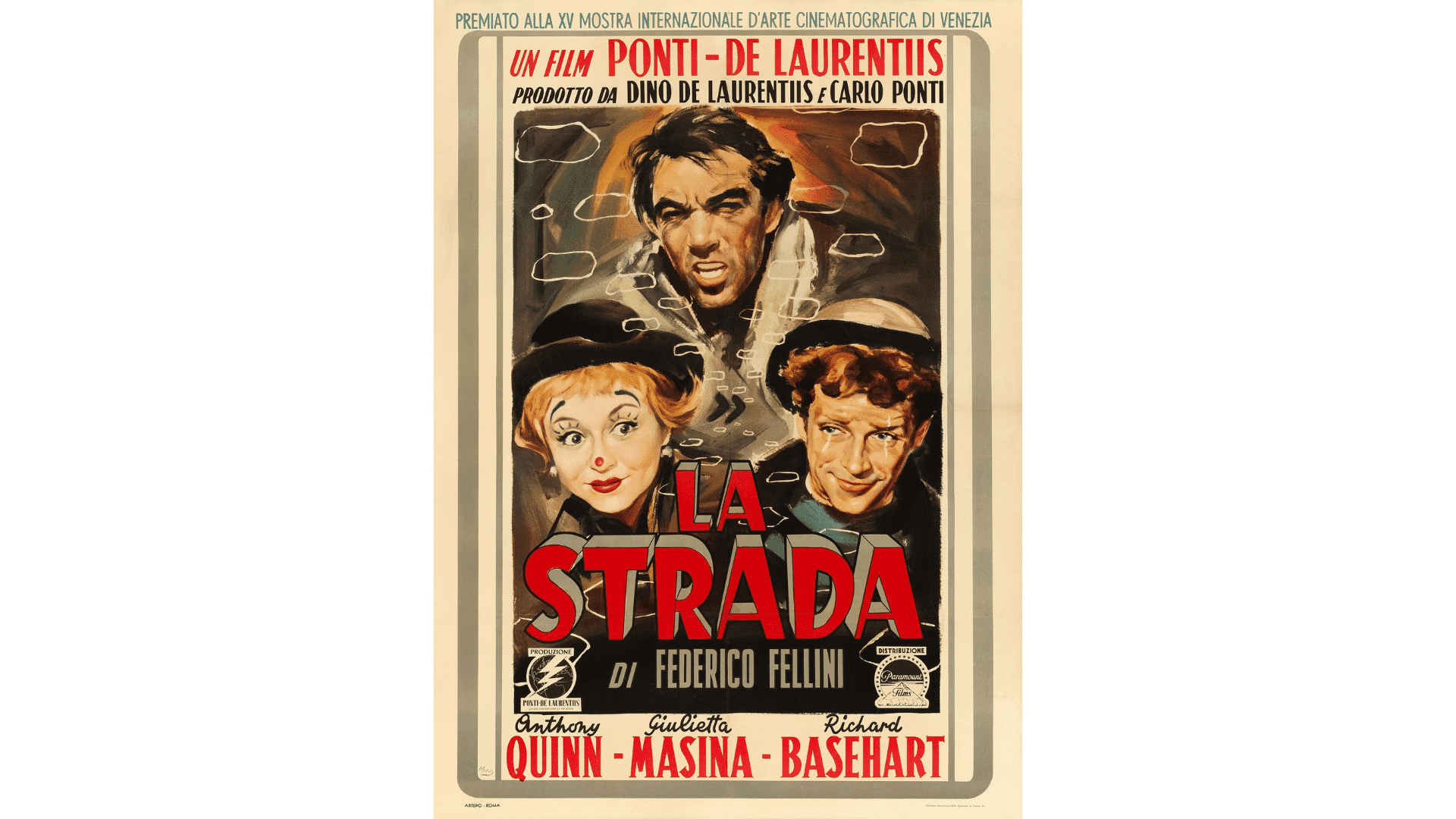
Fellini's visual audacity, wrist-flick zooms, and dazzling tracking shots became an advertisement for directorial innovation. His elliptical narratives and panache for striking visual metaphors like the famous opening traffic jam sequence in 8 1/2 signalled a storytelling complexity unseen in classical Hollywood.
The individualistic authorial voice and willingness to innovate demonstrated by Italian directors have served as an inspiration for Hollywood filmmakers to take artistic risks and develop highly personalised visions. This has been key to the elevation of American filmmaking as a mode of creative expression rather than just entertainment.
Technical Aspects: Aspect Ratios and Visual Presentation
On a more technical level, Italian films also made their mark in Hollywood by demonstrating the importance of cinematographic precision in storytelling. De Sica's collaborator, Cinematographer Aldo Graziati innovated with light techniques in interior realism, using natural light from real locations to heighten authenticity. Their pioneering use of the long take, like the famous robbery sequence conducted in a single shot in Bicycle Thieves, anticipated later masters like Orson Welles and Alfred Hitchcock.
Bicycle Thieves (1948)
Beyond shooting style, the Italians also paid great attention to the shape of the cinematic canvas as part of their visual language. Michelangelo Antonioni's enigmatic morality tale L'Avventura (1960) was printed using an unconventional 1.66:1 aspect ratio to highlight the isolation of the characters against desolate landscapes.
Later, Sergio Leone wielded the widest CinemaScope ratio of 2.75:1 to accentuate the monumental scope of the American landscape in epic westerns like Once Upon a Time in the West (1968). These innovative aspect ratio choices informed Hollywood cinematographers about preserving directorial vision. Leone's expressive use of extreme long shots and cramped close-ups adopted by later Hollywood revisionist westerns paid homage to the Italians' meticulous eye for frame composition. By pushing technical conventions, Italian visionaries offered timeless lessons on film form serving storytelling—aspects that may elude modern digital directors.
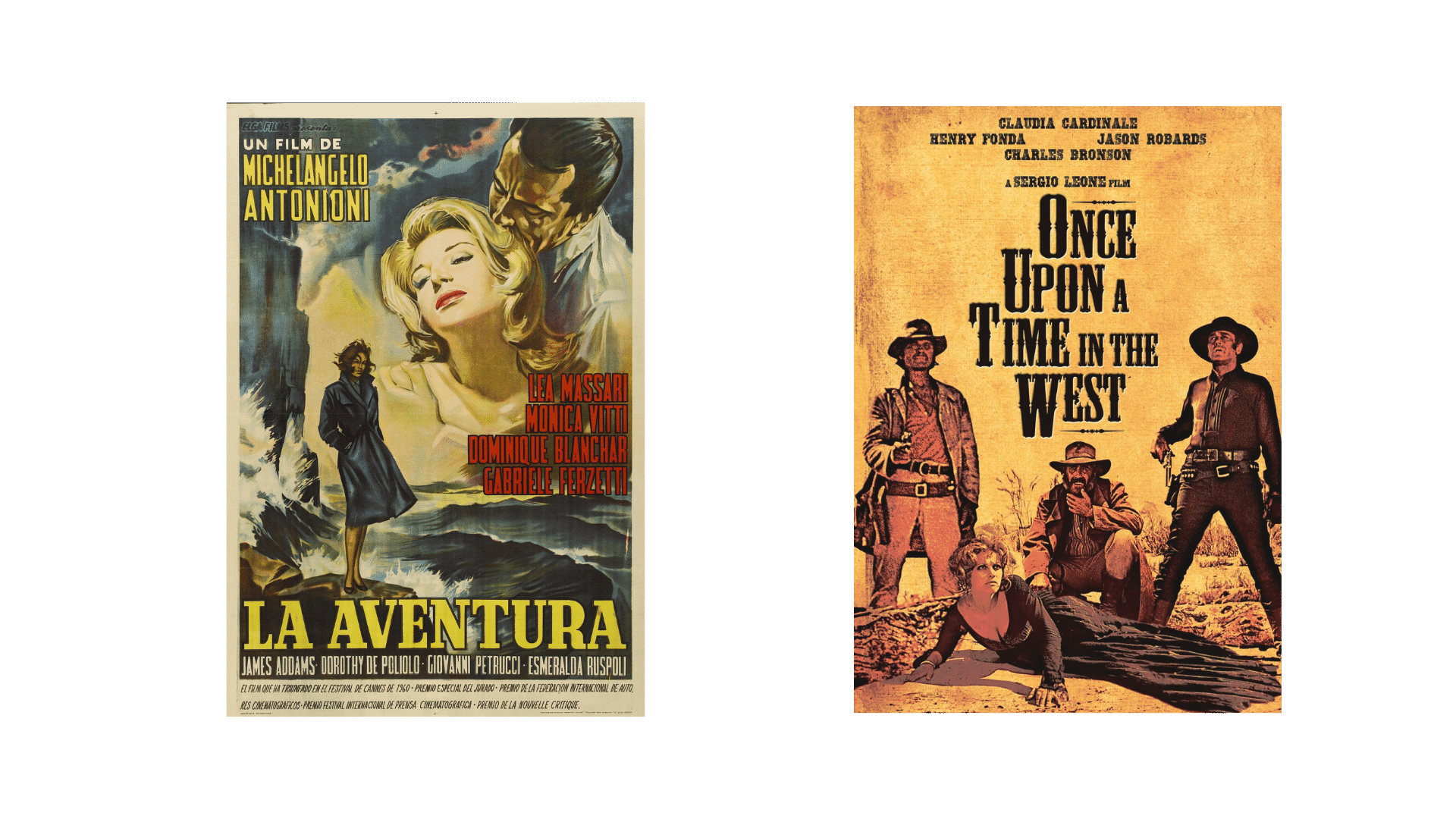
Contemporary Influence: Italy's Ongoing Impact on Hollywood
Over half a century after its golden age, the ripples of Italian cinema continue to shape Hollywood and world cinema. Contemporary award magnets like Sorrentino's The Great Beauty weld Fellini's visual opulence to Refn's neon-noir, demonstrating the longevity of Italian innovation.
In Hollywood, directors frequently acknowledge their debt to Italian visionaries: Christopher Nolan’s Memento (2000) took cues from Antonioni’s temporal experimentation, while Quentin Tarantino’s bloody Basilica Steps homage in Kill Bill (2003/04) stands among countless tributes to De Sica’s Battle of Algiers stairway sequence, now immortalised cinematic iconography. And as debates continue around streaming and theatrical presentations, the Italians’ dogged commitment to the cinematic canvas accentuates that when form serves storytelling, technical choices embody creative ideals.
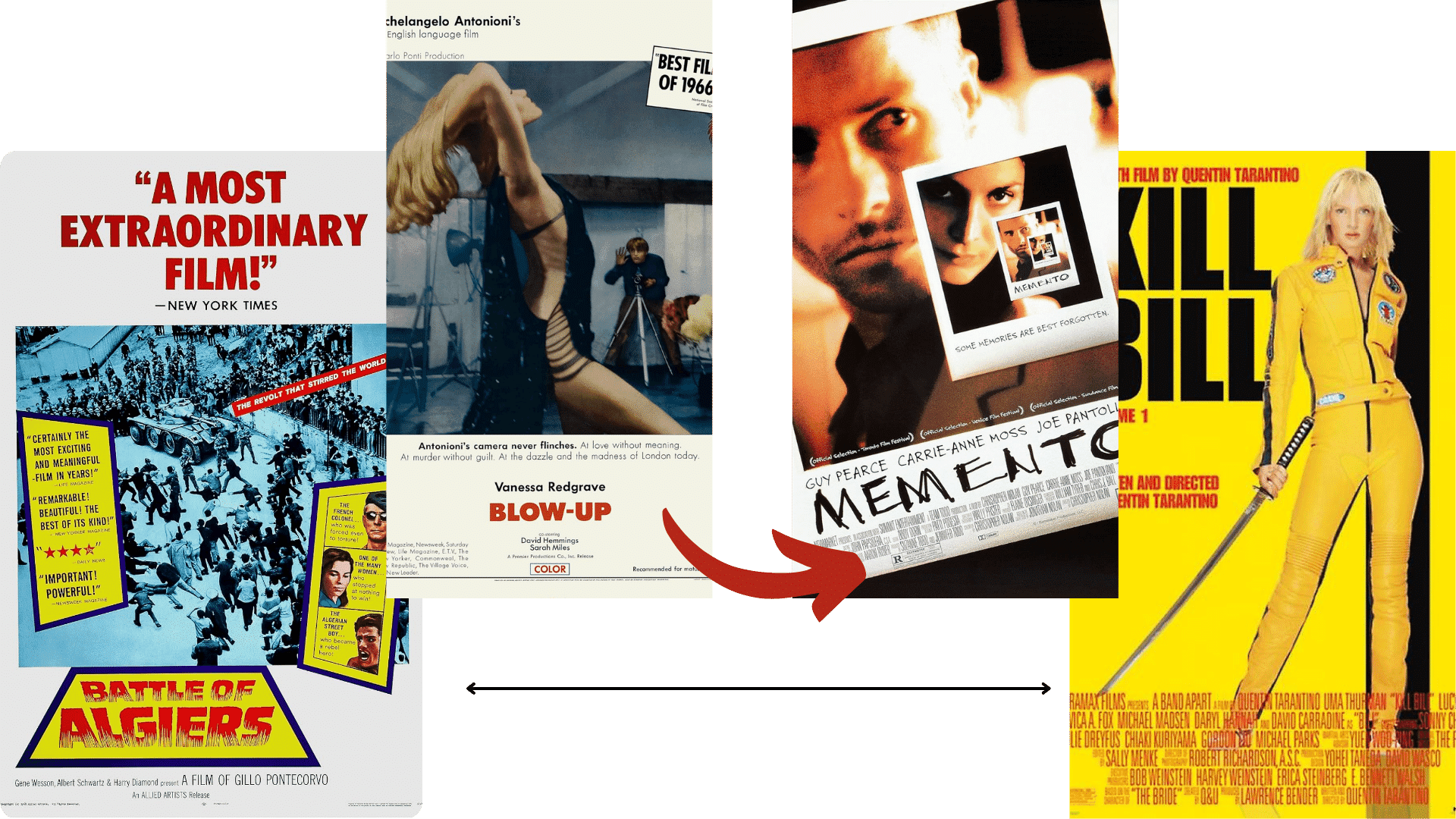
By trailblazing new techniques and challenging established formats, Italian cinema imbued Hollywood with its spirit of restless daring and commitment to the director’s vision.
The captivating world-building of golden-age auteurs served as cultural bridges, forging ties between US and European approaches to filmmaking. Modern Hollywood bears witness to this; its ever-evolving aesthetics awaken the earliest sewing machines of Cinecittà’s spooling dreams.
Conclusion
From neorealist classics to flamboyant spectacles, Italian films served as a source of inspiration for generations of Hollywood directors and producers. They pioneered new styles of visual realism, attention to technical detail, operatic approaches to melodrama and historical epics, atmospheric scores and sound design, as well as compelling authorial voices. The raw emotional power and dazzling innovation of Italian cinema left an indelible mark on Hollywood, introducing previously unexplored directions in cinematic language. As Hollywood continues to regenerate itself, the daring creative spirit of these Italian maestros remains imprinted indelibly into its celluloid soul. Their legacy stands as a reminder that, technological revolutions notwithstanding, cinematic craft endures as an irreplaceable vessel of culture and human experience.

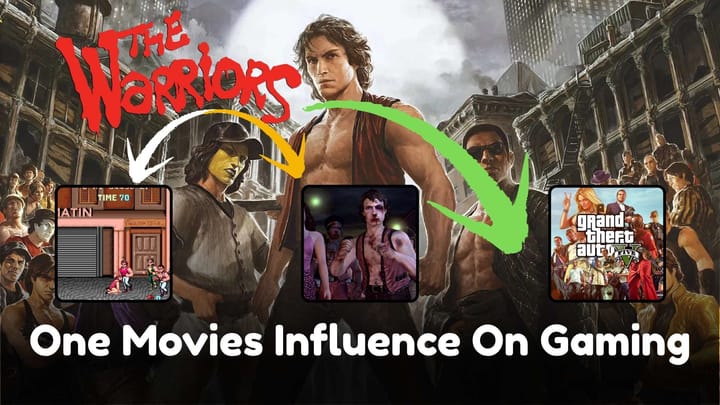
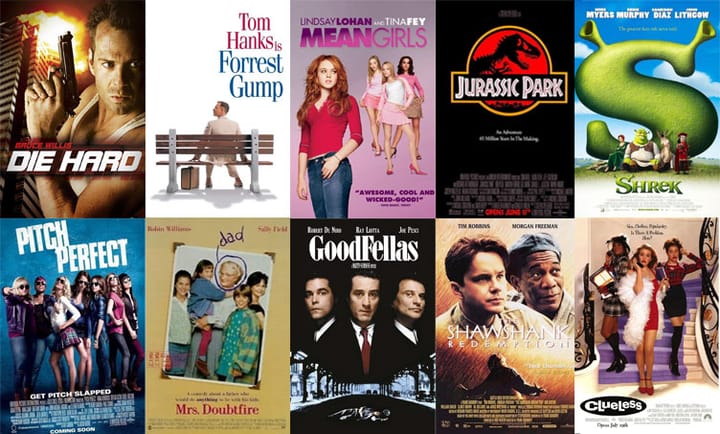

Comments ()